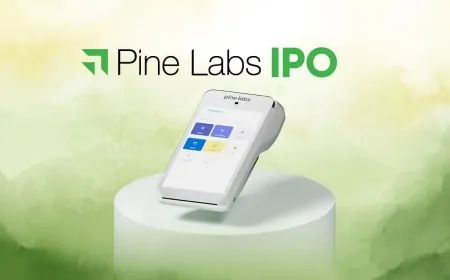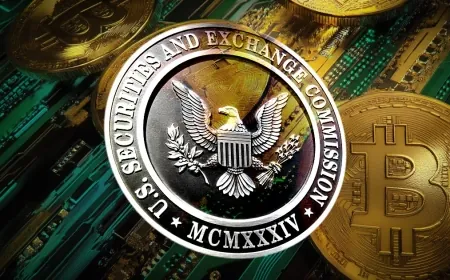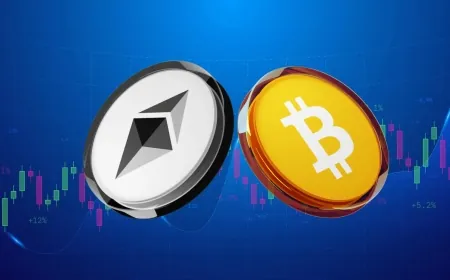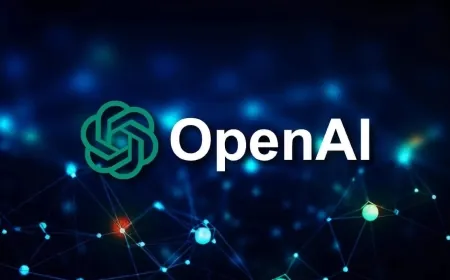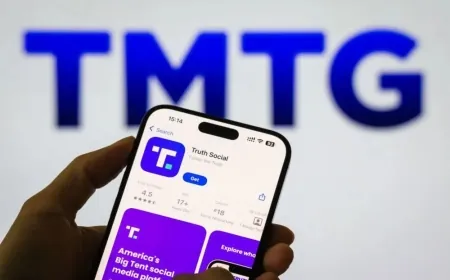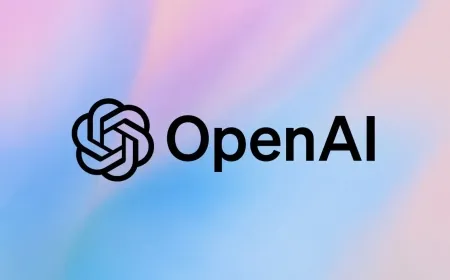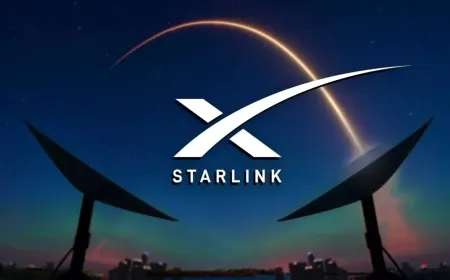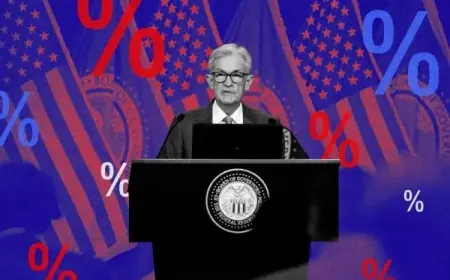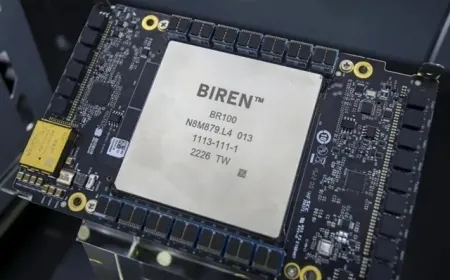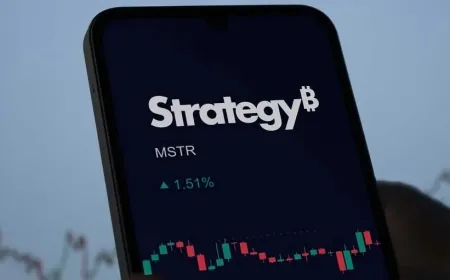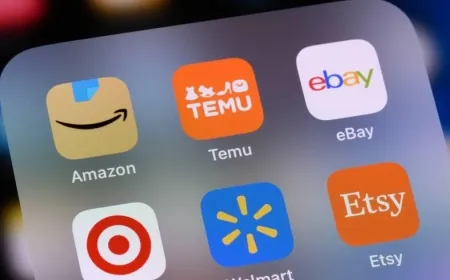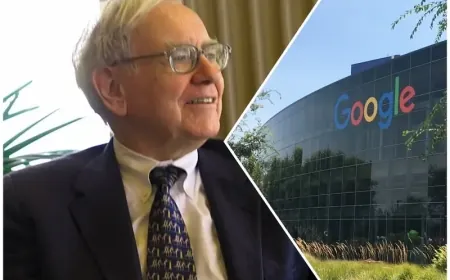Robinhood or SoFi: Which Fintech Stock Offers Greater Long-Term Value?
Robinhood stock is soaring—but SoFi may be the real winner in 2025. See which fintech stock has the edge in growth, value, and future gains.
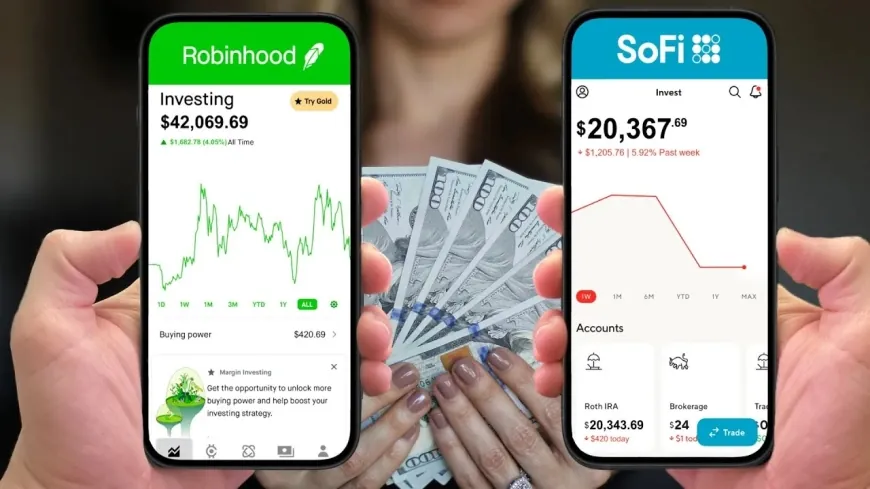
Robinhood Markets (NASDAQ: HOOD) and SoFi Technologies (NASDAQ: SOFI) have both tried to reshape the financial world since entering the public market in 2021. Robinhood focused on zero-commission trading with a mobile-first approach. SoFi, on the other hand, went broader—bundling lending, banking, investing, and insurance into one digital platform.
The market has treated them differently over the past few years. Robinhood, which went public at $38 per share via a traditional IPO, now trades close to $94. SoFi, which merged with a SPAC and opened at $21.97, trades below $19 despite a solid operational ramp-up.
Robinhood: Riding Momentum
Robinhood found itself in the right place at the right time during the 2021 trading boom. A wave of retail investors poured into stocks and cryptocurrencies, and Robinhood’s app was one of the main entry points. The company makes money primarily through payment for order flow—routing trades to high-speed trading firms for a cut of the spread.
Since 2021, the company’s user accounts have grown modestly—from 22.7 million to 25.2 million—but assets under custody jumped from $98 billion to $193 billion. Revenue also climbed, reaching $2.95 billion in 2024.
After a slowdown in 2022, growth picked up again. New product lines like its Cash Card and paid Gold membership added new revenue streams, and its move into tokenized startup investments grabbed headlines. With interest rates now easing, Robinhood is again benefiting from investors returning to riskier assets.
Analysts project annual revenue growth of 17% through 2027, with EBITDA growing at a 22% pace. International expansion and broader access to private-market investments could help. But with an enterprise value of $86.4 billion, the stock is trading at 24 times this year’s revenue and 47 times EBITDA—pricing in a lot of optimism.
SoFi: Rebuilding After a Setback
SoFi hasn’t been as flashy, but its business has grown significantly. Between 2021 and 2024, its user base jumped from 2.5 million to 10.1 million, while product usage rose to 14.7 million. Revenue more than doubled, reaching $2.61 billion.
The company faced serious headwinds in recent years. A freeze on student loan payments cut into its lending business, and high interest rates made borrowing less attractive. It also took on new costs after becoming a bank in 2022, which compressed margins.
Still, SoFi’s tech infrastructure has been a quiet success. Galileo, its payments arm, now supports nearly 160 million accounts. Its 2022 acquisition of Technisys gave it a strong position in cloud banking tech—something that could become more valuable as more financial services move online.
Now that student loan payments are back and rates are cooling, SoFi’s growth is starting to recover. Analysts expect revenue and EBITDA to grow at annual rates of 21% and 33%, respectively, through 2027. The company’s ongoing investment in its “super app” and tech stack could give it an edge as it competes with both traditional banks and newer fintechs.
Crucially, SoFi’s valuation is still relatively low. Its enterprise value sits at $19.3 billion—just 6 times this year’s projected revenue and 22 times EBITDA. That gives it more room to grow without the pressure of overly high expectations.
| Metric | Robinhood (HOOD) | SoFi Technologies (SOFI) |
|---|---|---|
| Funded / Active Accounts | 25.8 million funded accounts | 10.9 million members |
| Total Platform Assets / Deposits | $221 billion in assets under custody | $27.3 billion in deposits, ~$36.3 billion total assets |
| Q1 2025 Revenue | $927 million (+50% YoY) | $772 million (+20–33% YoY) |
| Q1 2025 Net Income | $336 million (+114% YoY) | $71 million GAAP (EPS $0.06) |
| Adjusted EBITDA / Margin (Q1 2025) | $470 million (~51% margin) | $210 million (~27% margin) |
| Net Deposits / Loan Originations | $18 billion net deposits | $7.2 billion in loan originations |
| Enterprise Valuation (EV) | ~$80–86 billion | ~$19 billion |
| 2025–2027 Growth Outlook | +17% revenue / +22% EBITDA CAGR | +21% revenue / +33% EBITDA CAGR |
| Key Growth Drivers | Crypto, Robinhood Gold, strategies, global expansion | Loans rebound, fee revenue, Galileo & Technisys |
| Data compiled and summarized by iShook Finance using publicly available sources. | ||
Which Stock Makes More Sense?
Robinhood has done a good job keeping users engaged and expanding into new services. But its current valuation already reflects a lot of that momentum. SoFi, meanwhile, had a tougher stretch but now looks positioned for a stronger run, especially if lending activity continues to recover.
Between the two, SoFi looks like the more reasonably priced option with more upside if it can keep building on its current pace. For investors looking for long-term value in the fintech space, SoFi may be the better bet at current levels.
Also Read: SoFi Stock Skyrockets 151% — Could It Actually Make You a Millionaire?
|
Follow iShook on Social Media for More Tips and Updates! |









